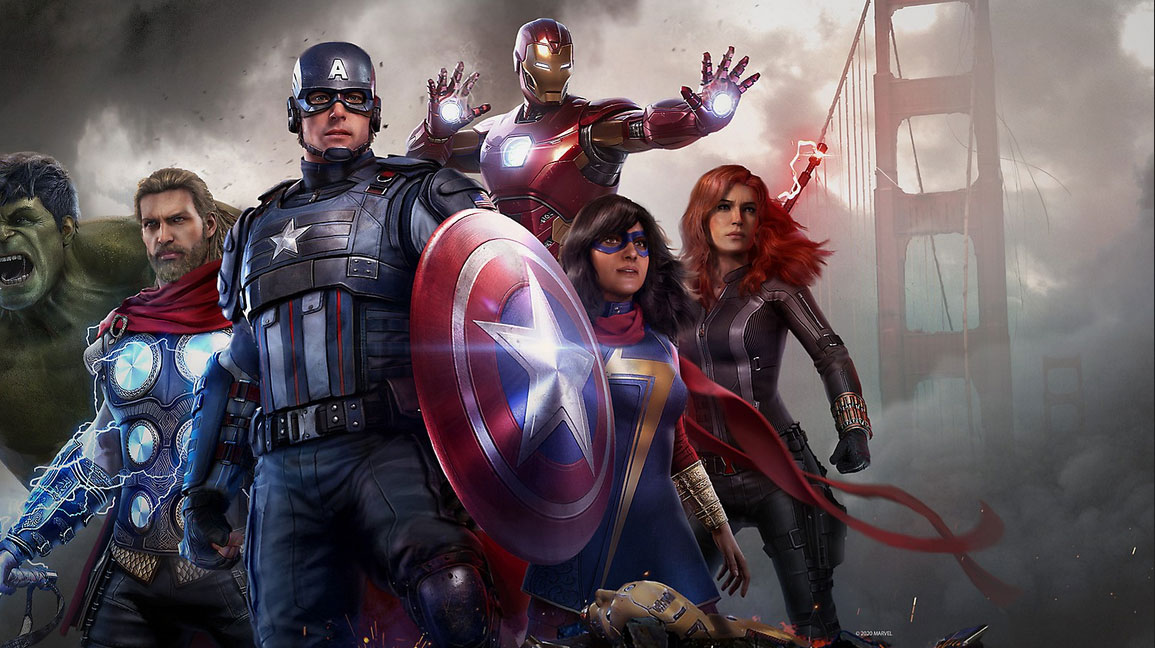Ultimate Guide to Cryptocurrency Transactions
Aug 26, 2025
There was a time when the world was covered in the shadow of the Second World War. In that very moment, in 1939, a young publisher in New York named Martin Goodman thought—people needed some imagination, a small path to escape reality. So, he started a small publishing company called Timely Publications. And right there, the seed of a new fantasy was planted.
The first hero to emerge was a brave soldier—Captain America. He was an ordinary young man, Steve Rogers, who was willing to live and die for his country. With his shield and courage, he stood face-to-face with Hitler in his very first comic issue. Readers were amazed and thrilled. Comics were no longer just colorful images—they became symbols of bravery.
But once the war ended, the burden of reality began to weigh heavily on readers. Timely stepped back from the spotlight and transformed into Atlas Comics, as though a deep sleep had fallen over the world of imagination.
Then came a dazzling new morning—the year 1961. A young editor named Stan Lee, whose heart burned with passion, asked himself: “What if our heroes were real?” He wanted heroes who were not just strong in muscles, but strong in heart too. Alongside him was the artistic magician Jack Kirby, and together they created the Fantastic Four. They were like a family—they argued, they loved, and they still saved the world.
 That opened a new door for Marvel. At that time, no one could have guessed that this name would one day become the most beloved fantasy universe in the world.
That opened a new door for Marvel. At that time, no one could have guessed that this name would one day become the most beloved fantasy universe in the world.
Stan Lee and his team kept creating character after character—a teenager named Spider-Man, whose life was tangled in sorrow, responsibility, and love; a furious scientist Bruce Banner, who turned into the Hulk when angered; a billionaire Tony Stark, who used his technology to build a robotic suit and became Iron Man; the thunder god Thor from Norse mythology; and the X-Men, who stood as symbols of difference, discrimination, and the fight for social justice.
Marvel’s heroes were different—they weren’t perfect. They were full of flaws, pain, and regret, yet they stood tall and fought back. That truth is what made them lovable.
But like every great story, there was also a dark chapter. In the 1990s, the market was flooded with too many comics, and the industry collapsed. Marvel lost its way, and in 1996, they declared bankruptcy.
Most people thought it was the end. But true heroes never give up.
Marvel rose again. This time, they decided to tell their own stories through cinema. In 2008, without the help of a big studio, they took a bold risk and used their own funds to produce a film—Iron Man. No one expected that a flawed billionaire hero would create such a storm in people's hearts.
But it did. And that one film sparked the beginning of the biggest cinematic universe in history—the Marvel Cinematic Universe (MCU).
One by one, the movies followed—Thor, Captain America, The Avengers. All the characters became part of one grand saga. Loki deceived the world, Ultron brought destruction, and one day, the mighty villain Thanos declared, “I want balance.” With a single snap of his fingers, half of all life vanished.
Fans were shocked. In the theaters, people cried, sat in silence, and clapped with emotion.
Then came the final battle—Avengers: Endgame. Where Iron Man sacrificed his life to save everyone. “I am Iron Man”—those few words closed an entire era.
Marvel didn’t stop there. Disney took Marvel under its wings, and a new age began—new heroes, new series, new worlds. Now it wasn’t just movies, Marvel’s light of imagination spread to TV shows as well. Loki started playing with time, Wanda turned her grief into a dream world, and Spider-Man opened the doors to new universes.
Today, Marvel is not just a name. It’s a feeling. It’s the dream of a little child who wants to swing through trees like Spider-Man; it’s the courage of a young girl who wants to be fearless like Black Widow; it’s the identity of a lonely person who finds comfort in the X-Men.
Marvel teaches us—we can be heroes too. Because the real heroes… are already within us.